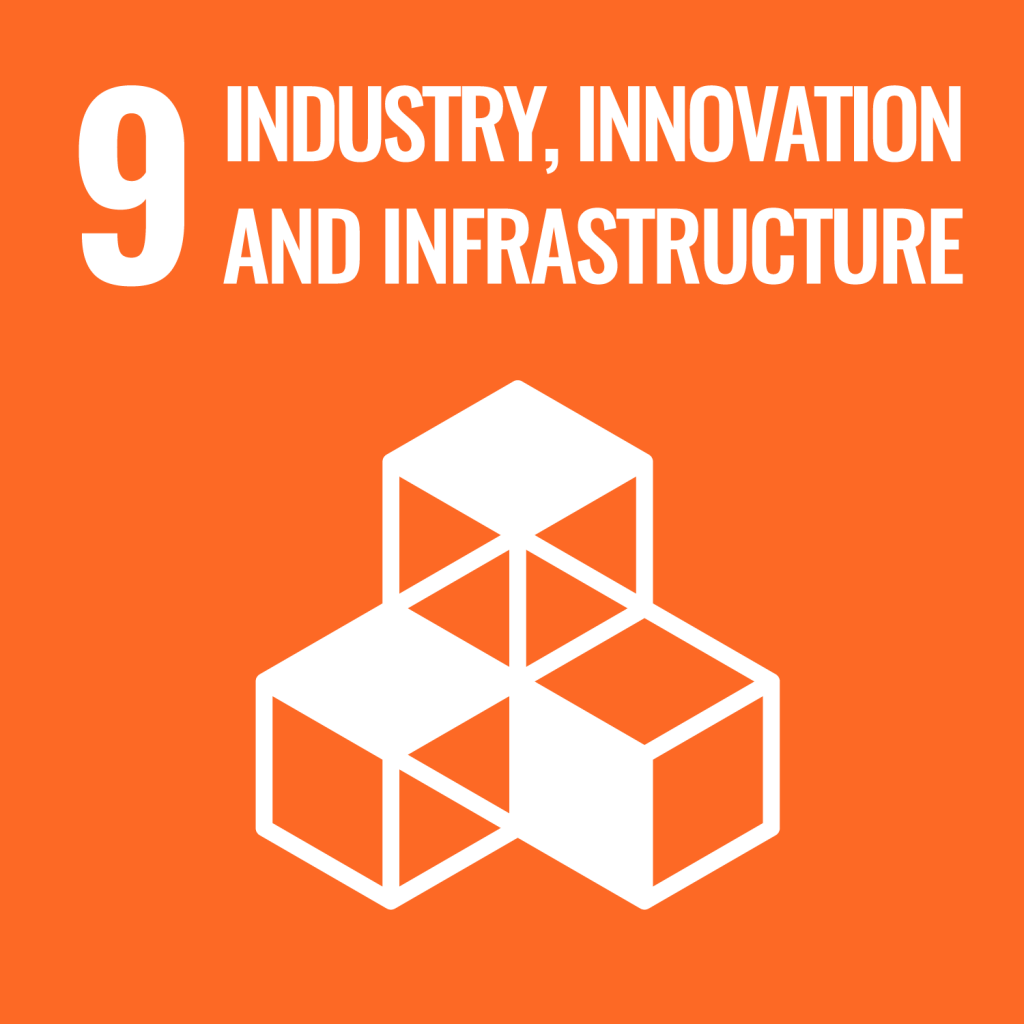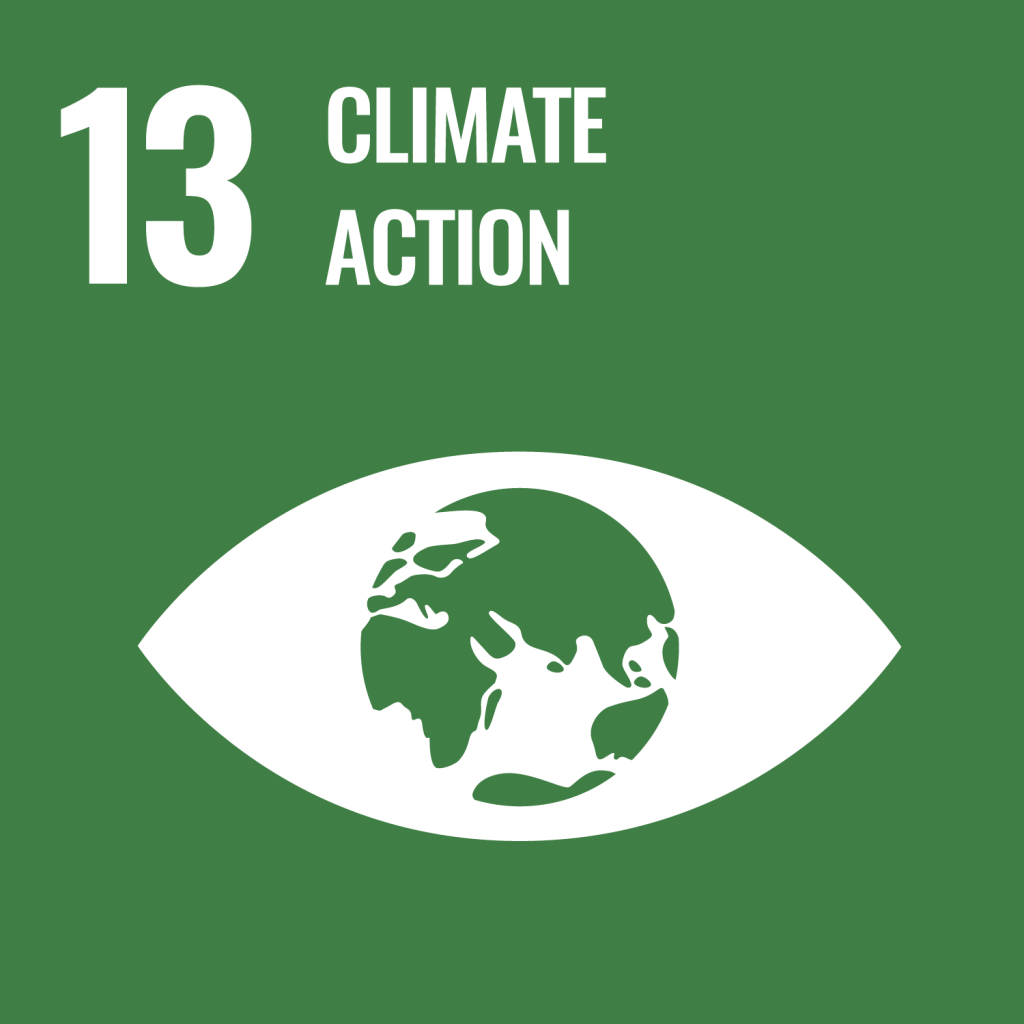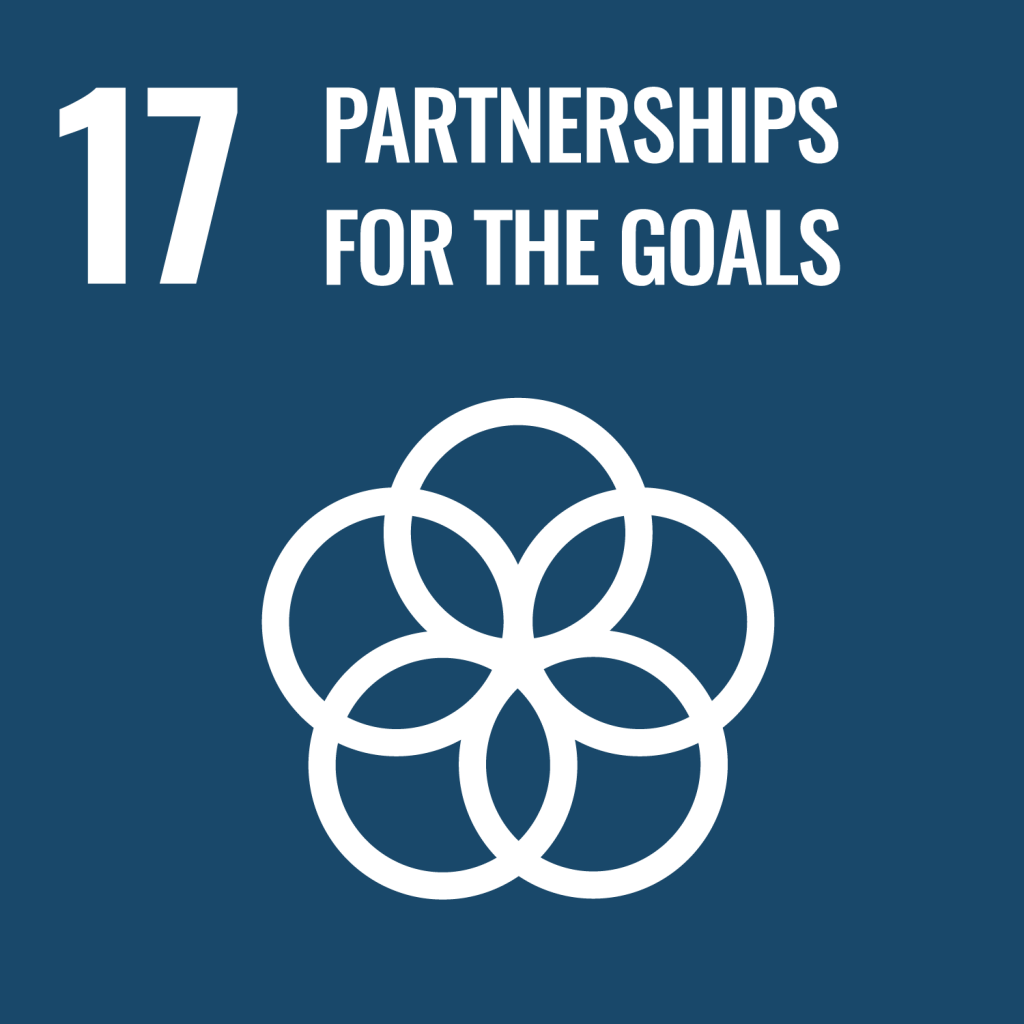SkyAlert
Small (10 - 49 employees
Tertiary
Professional
Lesson
Alliances focused on the use of technology for disaster risk reduction. The emergence of companies and teams delivering disaster risk and sustainability information through new technologies for a broad public illustrates the expanding ecosystem of actors supporting sustainability and disaster resilience in cities. The collaboration model uses the infrastructure, locations, and focus on critical infrastructure to remotely sense natural hazards, providing the company and their clients with locally-based information that assists in early warning systems for communities. Further, their routine practice of convening and disseminating climate change knowledge is important for educating the public and different stakeholders on climate risks and the importance of mitigation.
Background
SkyAlert is a company which provides an early warning system to the Mexican Republic population, generating timely warnings of natural hazard threats to intervene quickly and effectively, safeguarding their lives and property. The alerts are issued in the face of natural geological phenomena such as earthquakes, tsunamis and volcanoes, as well as hydrometeorological ones, such as extreme rains and hurricanes.
There are various sustainability activities that include its internal administrative practices within the company, from the use of devices that generate energy savings and recycling, to the dissemination of information that is of general interest. These efforts are intended to contribute to the promotion of change and shift habits towards more sustainability-oriented action, including the use and interpretation of data on climate change or natural phenomena that carry negative impacts.




Sustainability Story
There is a close link between the activity carried out by SkyAlert and the implementation of Disaster Risk Reduction (DRR) practices. SkyAlert originates from a commitment to spread change in business culture for disaster risk reduction. The company aims to strengthen the response capacity of local communities to geological hazards by placing detection sensors in critical infrastructure to increase awareness and response capacity. The SME has installed remote sensors and monitors in cites (public or private) that can house the sensors, such as hospitals, schools or government buildings which create a monitoring perimeter. This network of remote sensors generates critical information for the preparation and response to earthquakes in various parts of the city.
The devices that receive the signal from the early warning system are created with an investment to research the latest technology to generate energy savings, managing to reduce the use of up to 30% of light. The devices also include integrated parts that are easy to recycle when their lifecycle ends.
SkyAlert began with a unique employee company policy wherein issues related to climate change are discussed in a series named, “Global Warming Wednesdays”. The information discussed in this series is spread through its users and the general public that accesses its social networks. In both cases, current and interesting information is shared on natural phenomena, the disasters that can occur, and the actions to reduce them, such as sustainability practices.
Currently, users of social networks have become allies by interacting and sharing information that can help to fulfill the purpose of communicating effectively and in a timely manner.
SkyAlert Practices
| Deploy energy efficient early warning system | Disaster Monitoring Network Infrastructure | Energy Efficient Office Routines and Awareness |
|---|---|---|
| Use of equipment that reduces energy consumption up to 30% and may be recycled. The equipment also functions as an early warning system for natural hazards. They are installed in various locations and critical infrastructures within the city to generate information for their clients. | Build alliances to expand a monitoring network for natural disasters. | Energy reduction measures and "Climate Wednesdays" reunions presenting different topics on climate and sustainability to staff and partners. |
Pathway Map
Early Warning Alert Monitoring Network Infrastructure
View the Pathway MapEnergy Efficient Office Routines and Awareness
View the Pathway MapEnabling Factors for Practices
| Internal to the organization | External to the organization |
|---|---|
| Communication: There is an exchange of information with the employees that generates an environment of trust for the constant exchange of data that is essential for carrying out various activities, such as eliminating the use of paper or the physical movement of personnel. | Agreements with partners that operate critical infrastructure: These alliances are based on a win-win premise to house the detection devices and provide an alert system that helps them to safeguard themselves in a safe place in the presence of a natural phenomenon that could cause an emergency or disaster. |
| Investing in own technology: Generates the purchase of devices that reduce energy consumption and implements their recycling when they are no longer used. |
Arresting Factors for Practices
| Internal to the organization | External to the organization |
|---|---|
| Local politics: Limitation of the CDMX government that has generated a monopoly in early warning where only one company is officially authorized. |
Lesson for Disaster Risk Reduction
SkyAlert does not have a physical branch, so no actions take place within a facility. However, there are actions that are carried out for the integrity of its personnel throughout the Mexican Republic. The essence of the company is disaster preparedness with timely detection of the occurrence of natural phenomena. Life backpacks are distributed, with the essential elements that must be carried.
Critical information is disseminated to employees indicating actions to be taken in the event of an emergency or disaster. The service offered by SkyAlert is to provide an early warning system, which includes the integration into a phone application to its employees and customers from a network of remote stations located at critical points in the city.
This approach to building networks of organizations and individuals that know about early warning systems, improve communications strategies and recognize new partners is crucial for any disaster response and recovery. aThere is additional insurance to safeguard the health and integrity of the collaborators.
